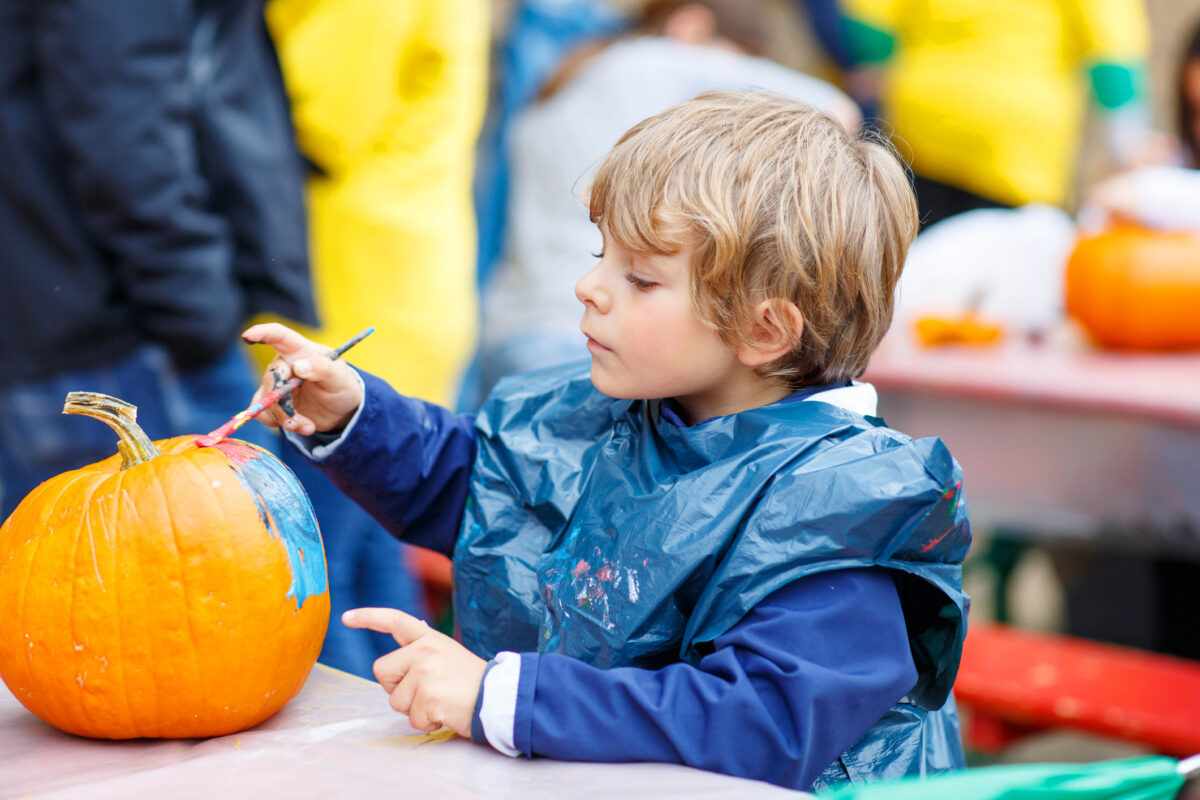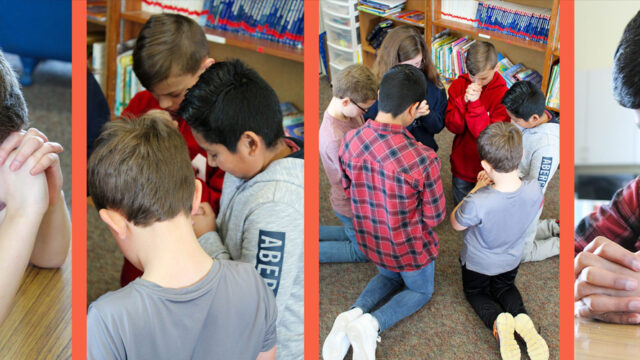What Christians should know about Halloween

Each year on October 31, millions of people celebrate Halloween by dressing up as witches, devils, and demons. Besides parties for adults, the day has become an occasion for children to go from house to house, often in costumes, demanding “trick or treat.”
It’s Roots in History
The name “Halloween” derives from the Roman Catholic holiday All Saints’ Day, the Feast of All Saints, or All Hallows’ Day (“hallow” meaning “to make holy” or “consider something sacred”), celebrated on November 1. All Saints’ Day commemorates the saints who have not been assigned a special day in the Roman Catholic Church calendar. The day before All Saints’ Day was called All Hallows’ Eve, from which “Halloween” is derived.
According to Encyclopedia Britannica, the origin of Halloween goes back to a festival of the Druids, a pre-Christian order of pagan priests in ancient Gaul and Britain: “In ancient Britain and Ireland, the Celtic festival of Samhain was observed on October 31, at the end of summer.”
This date was also the eve of the new year in both Celtic and Anglo-Saxon times and was the occasion for one of the ancient fire festivals when huge bonfires were set on hilltops to frighten away evil spirits. The date was connected with the return of the herds from pasture, and laws and land tenures were renewed. The souls of the dead were supposed to revisit their homes on this day, and the autumnal festival acquired sinister significance, with ghosts, witches, hobgoblins, black cats, fairies, and demons of all kinds said to be roaming about. It was the time to placate the supernatural powers controlling the process of nature.
The Celtic festival of Samhain, which signaled the commencement of winter, consisted of the eve of the feast and the day itself (October 31 and November 1). It remained popular among the Celtic people even after the Christianization of Britain in the fifth century. The Christian church in Britain adapted the feast of Samhain by adding the Christian celebration of All Saints’ Day to the festival. The Feast of All Saints was celebrated on May 13 until the eighth century.
It seems that because the British custom to celebrate All Saints’ Day on November 1 had spread to other countries, Pope Gregory IV (827-844) transferred the feast of May 13 to November 1.
The New Catholic Encyclopedia claims the reason was “because provisions were inadequate for the numerous pilgrims coming to Rome in May,” but it acknowledges that some believe “the November feast originated in Gaul and was immediately adopted in Rome.”
The customs of Samhain survived in the Celtic areas of Great Britain: Ireland, Scotland, and Wales. In time they lost much of their religious significance, and the eve of All Hallows’ Day became a secular festival, “although many traditionally Celtic ideas continued to be associated with the evening. Divination activities remained a popular practice. Adults, dressed in fantastic disguises and masks, imitated supernatural beings and visited homes where occupants would offer tributes of food and drink to them,” Leonard N. Primiano wrote in a section titled “Halloween” in The Encyclopedia of Religion.
Irish and Scottish immigrants introduced All Hallows’ Eve observances to the United States, and after the massive immigration of the Irish during the potato famine (1845-1852), Halloween became a national festival.
Trick or Treat
The custom for children to go trick or treating from door to door also goes back to ancient Druid priests, who would go from house to house demanding food for their own consumption as well as for offerings to their deities. If people would not provide them with food, they would speak a demonic curse over the home, and, history claims, someone in the family would die within the year.
The Druids would carry with them a large turnip, which they had hollowed out and on which they had carved a face to represent the demonic spirit they depended upon for their power and knowledge. The turnip, lighted by a candle from within, was used as a lantern for the Druids as they went from house to house at night. When this practice came to America in the eighteenth and nineteenth centuries, pumpkins were substituted for turnips.
What the Bible Says
Although the Seventh-day Adventist Church has not taken an official position regarding Halloween, the church’s opposition to the occult and the demonic precludes any support for this type of festival.
Halloween and its customs have no roots in Scripture or in the Christian church. They are firmly rooted in the occult and in pagan practices. These connections, however, are today forgotten or made light of. Nevertheless, any practice derived from the occult is incompatible with the teachings of Scripture (Lev. 20:6).
Since many people no longer believe in the existence of a personal devil and his demons, they feel there is no harm in making fun of these “religious relics of the past.” Children are taught that there are no such beings as witches and evil spirits and that it is fun to dress up as ghosts or goblins. The modern denial of the existence of Satan and demonic forces is clearly contrary to Scripture. From Genesis to Revelation, the Bible affirms the existence of Satan and demonic spirit beings (Gen. 3:1; Job 1:6; Matt. 8:31; Rev. 12:9).
In the education of children, it is important not to plant false ideas in their minds. The Bible says, “Start children off in the way they should go, and even when they are old they will not turn from it” (Prov. 22:6).1 To teach them that there is no harm in imitating evil spirits is contrary to God’s will.
In the Old Testament God warned Israel not to dabble in the occult. “Let no one be found among you . . . who practices divination or sorcery, interprets omens, engages in witchcraft, or cast spells, or who is a medium or spiritist or who consults the dead. Anyone who does these things is detestable to the Lord” (Deut. 18:10-12). Since the occult is more active than ever, this counsel is still valid today.
Participation in Halloween customs may seem innocent, fun for children and adults. But it is one more way Satan can deceive people into thinking there is no harm in playing a bit with the world of spirits and demons.
While Adventist Church cofounder Ellen White never mentioned Halloween, she warned many times against dabbling in spiritualism when she wrote: “There are many who shrink with horror from the thought of consulting spirit mediums, but who are attracted by more pleasing forms of spiritism.”2
Seventh-day Adventists recognize that spiritualism has many faces. Some of them may seem harmless, even fun. Nevertheless, they lead children and adults away from God’s truth, and can become steppingstones to further entanglement with the occult.
1 Bible texts are from the Holy Bible, New International Version. Copyright ã 1973, 1978, 1984, 2011 by Biblica, Inc. Used by permission. All rights reserved worldwide.
2 Ellen G. White, Evangelism (Washington, D.C.: Review and Herald Pub. Assn., 1946), p. 606.








